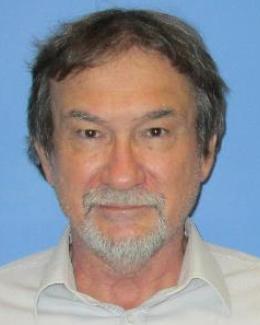Abstract
The Spallation Neutron Source (SNS) and the High Flux Isotope Reactor (HFIR), two of the word-class neutron scattering facilities, are located at the Oak Ridge National Laboratory. The SNS and HFIR are funded by the U.S. Department of Energy, Office of Science, Office of Basic Energy Science, and are operated as user facilities, available to researchers from all over the world. Currently there are thirteen neutron scattering instruments in operation at the HFIR and twenty at the SNS First Target Station.
Producing the cutting edge science requires continuous improvements and development of the facilities and instruments. The SNS was designed from the beginning to allow addition of the Second Target Station (STS), and an upgrade of the accelerator power. At this time both advances: the accelerator upgrade and the construction of the STS are in preparation.
Current baseline design for the STS calls for a rotating compact tungsten target. The target station is driven with short (<1 μs) proton pulses at 10 Hz repetition rate and 467 kW proton beam power, and is optimized for high intensity and high resolution long wavelength neutron applications. The proton beam footprint as small as acceptable from the mechanical and heat removal aspects is planned to generate a compact-volume neutron production zone in the target, which is essential for tight coupling of the target and the moderators and for achieving high-intensity peak thermal and cold neutron fluxes. The STS will allow operation of approximately 22 beamlines and will expand and complement the current national neutron scattering capabilities.
This paper will present an update of the status of the neutronics analyses performed for the STS and will discuss the performance of the moderators, heating rates, activation analyses, and shielding calculations which provide input in the engineering design.





